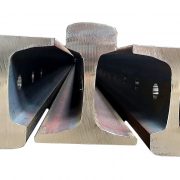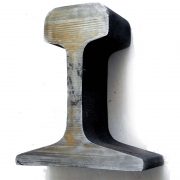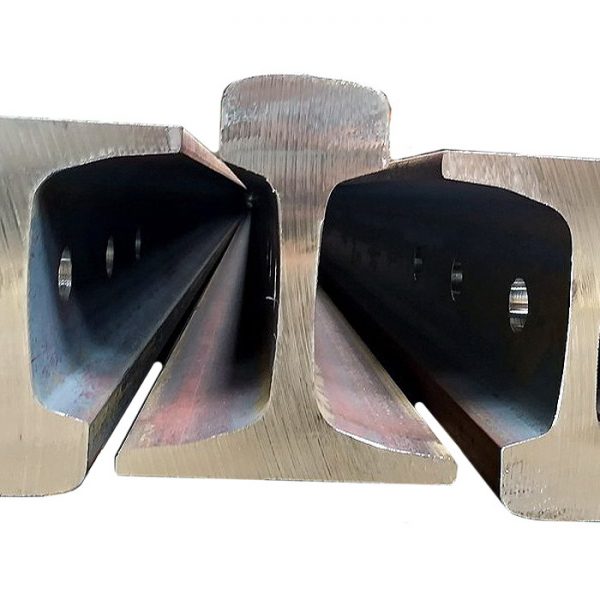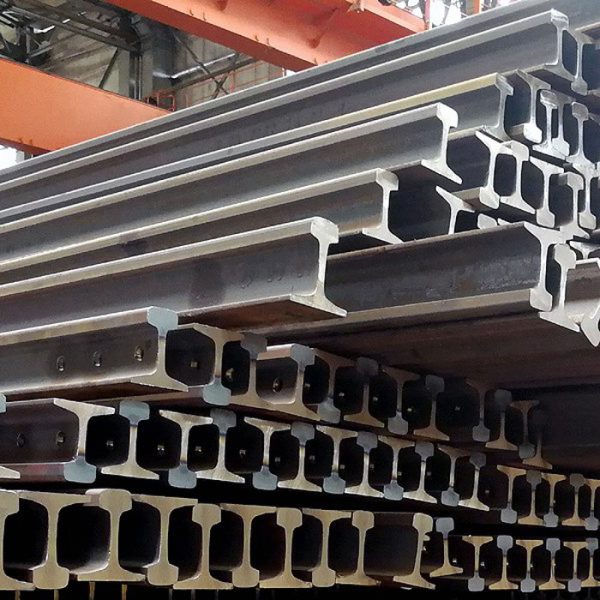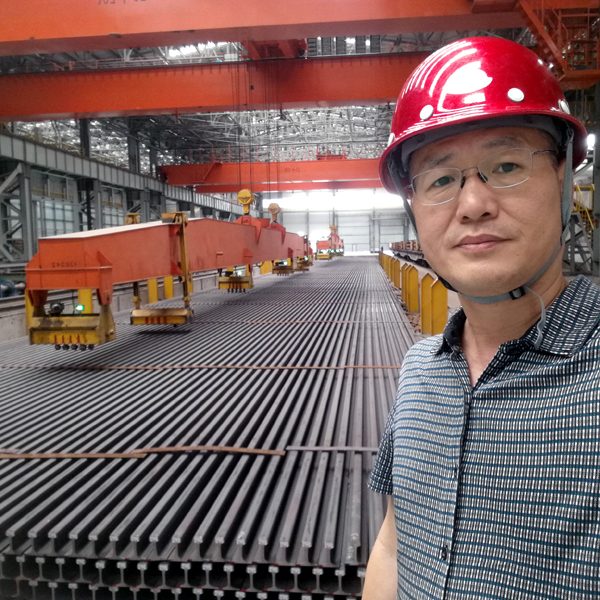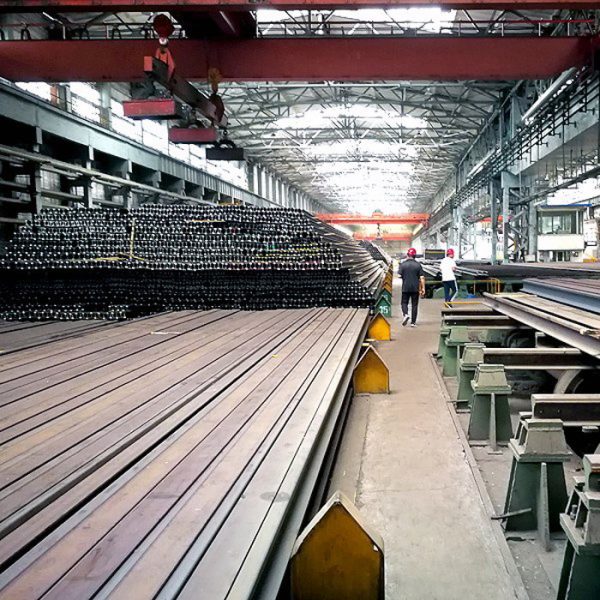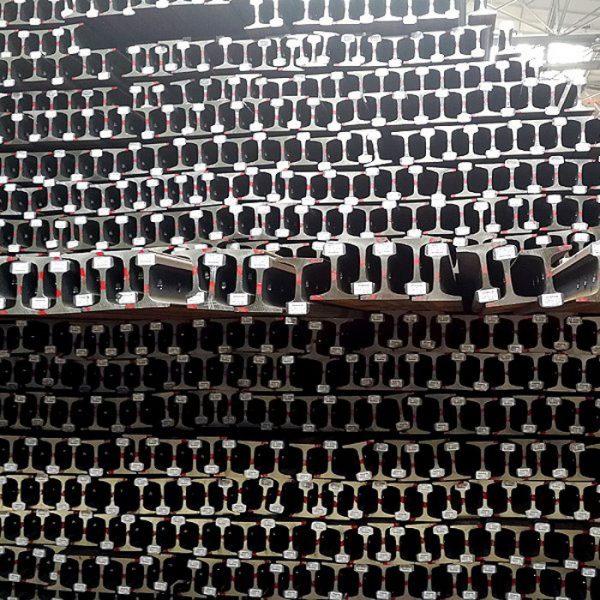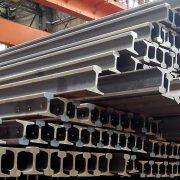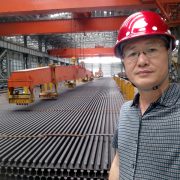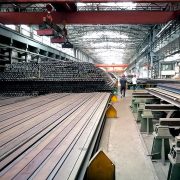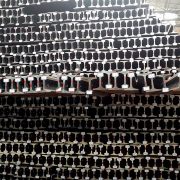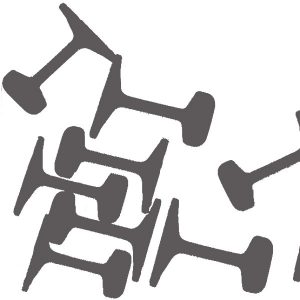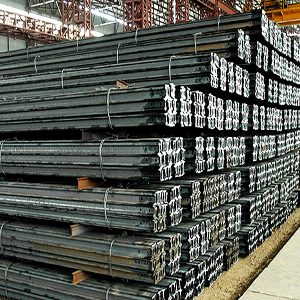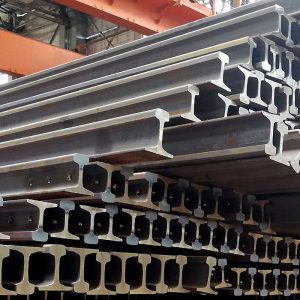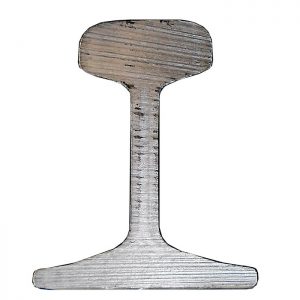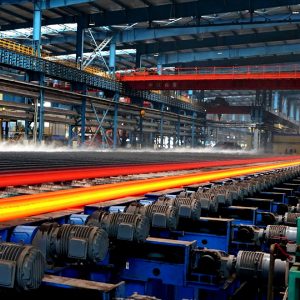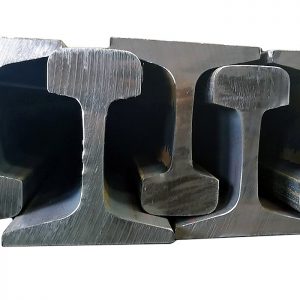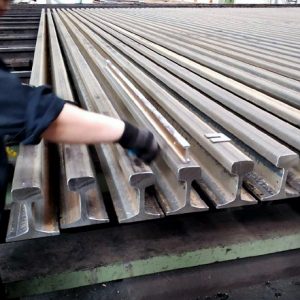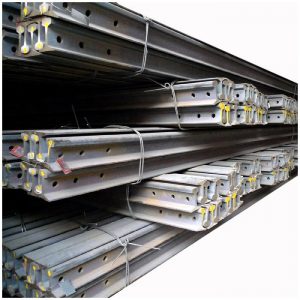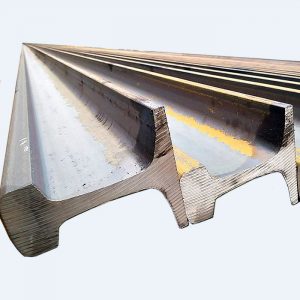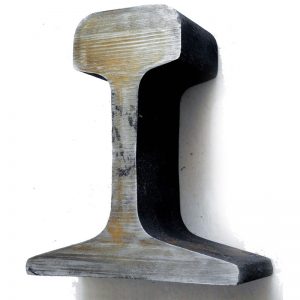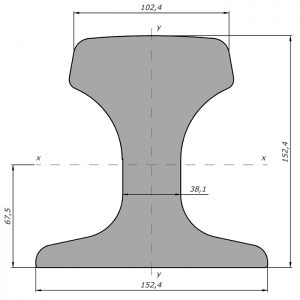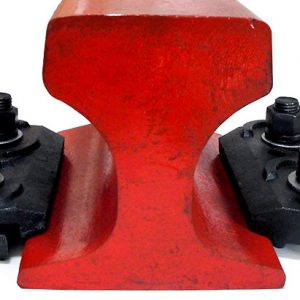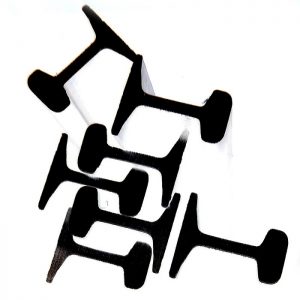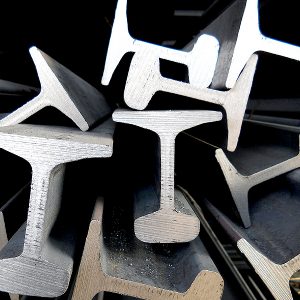115RE rail
$850.00 $800.00
- Standard: AREMA, ASTM
- Grade: 900A/1100
- Rail Heigth: 168.3mm
- Bottom Width: 139.7mm
- Web Thickness: 15.9mm
- Head Width: 69mm
- Length: 12-30m
- Model Number: TR57 (115 RE)
- Type: Heavy Rail
- Application: Railway Rail
- Weight: 56.9 kg/m
- Certificate: 3.1 MTC/3.2 by Lloyd’s regiester inspection
- Market: South America
- Material: 900A
- Port: Tianjin port
- Description
- Exportable international standard flat bottom rail
- Producing and Inspection standard
- Inquiry
115RE rail also be named TR57 AREMA standard steel rail, it is widely used in Americas area, we can produce it by order, the MOQ is 500 tons. Material can be SS and HH, length can be 39 feet to 80 feet.
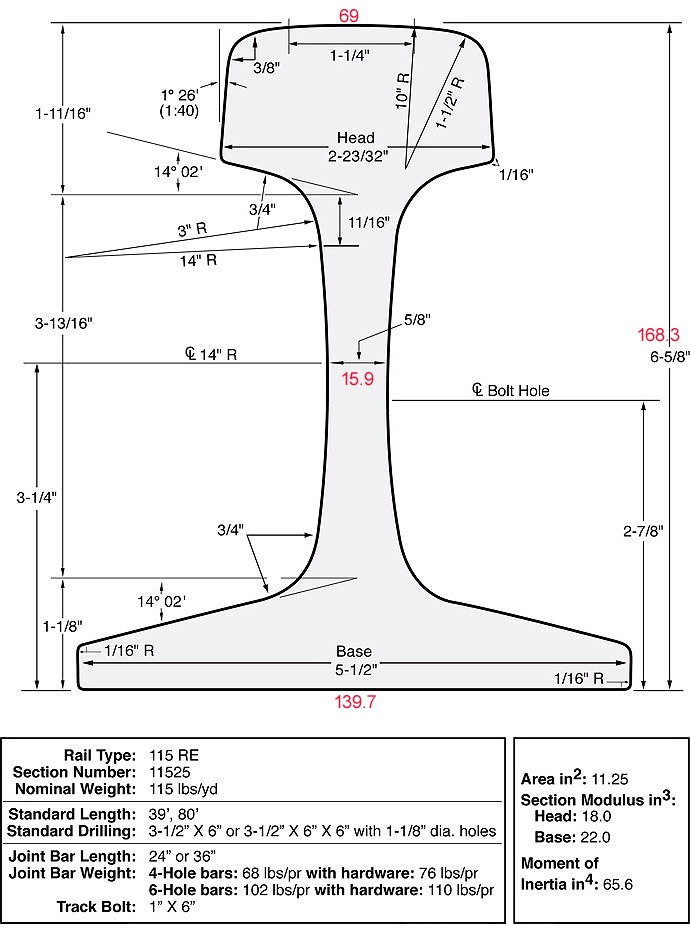
115RE rail is a type of steel rail used in railway tracks, primarily in North America. The “115RE” designation refers to the weight of the rail, which is approximately 115 pounds per yard (57.1 kg/m). It is classified as a heavy rail and is commonly used for mainline tracks, including both freight and passenger railways.
One of the significant advantages of 115RE rail is their durability and strength, which can withstand the significant loads and stresses imposed by trains. These rails have a specific profile that conforms to industry standards, ensuring a smooth ride and stable operation for trains.
115RE rail is typically made from high-strength carbon steel, which provides excellent wear resistance and durability. They are installed on concrete sleepers or wooden ties and secured to the sleepers with various fastening systems, such as clips or spikes. The rails’ dimensions and properties conform to the American Railway Engineering and Maintenance-of-Way Association (AREMA) standards, which specify the requirements for different types of railway tracks.
An essential aspect of 115RE rail is their versatility, as they can be used for various applications, including mainline tracks, sidings, and yards. They provide reliable performance, even under extreme weather conditions, and can withstand heavy traffic and loads.
In terms of maintenance, proper inspection and lubrication of the rail joints and fasteners play a vital role in ensuring the long-term performance of the 115RE rail. Regular inspection and replacement of worn or damaged rails can also help prevent accidents and ensure the safety of passengers and workers.
Overall, 115RE rail is a durable and reliable type of steel rail that provides excellent performance for railway tracks. Its versatile application, strength, and durability make it a popular choice for many railway operators in North America.
Standard EN 13674 - 1:2003 consists of two main parts:
− qualification test and acceptance tests
Qualification tests are some other tests that were previously carried out, as for example, fracture toughness. Acceptance tests characterize the properties of the prescribed tests, which ensure production of high quality rails, and testing requirements of railway administration.
Quality of rails is based on measured values of hardness, by which they introduced new labels for steel rails.
Qualifying tests
Qualification testing must be conducted at least one in five years and the major
changes in technology, production rails. Additional testing residual stresses are carried
out on all types of steel rails every two year maximum, provided that the longitudinal
strain rate in the rails can amount to up to 250 MPa.
The prescribed qualifying examination is the following:
− fracture toughness
− fatigue crack growth rate
− fatigue testing
− residual stress in rail foot
− variation of centre line
− tensile strength and elongation
− segregation
− other qualification requirements
Acceptance tests
Within acceptance testing is carried out a series of laboratory tests such as:
− chemical composition (the maximum content of the following elements: H, O, Al, V, N and oligo elements)
− microstructure (increasing x 500)
− degree of decarburizing charred layer (allowed up to 0.25 mm)
− purity of steel (especially the presence of oxide)
− macrostructure (Baumann test)
− hardness
− tensile strength
Other acceptance testing rails are:
− dimension tolerances
− criteria (control template)
− inspection requirements / tolerances for to internal quality and surface quality
Internal state is examined ultrasound in a continuous process control, and includes at least 70% of the head and at least 60% web.
- Standard of UIC 860 V: 1996 - prescribed four types pearlite steel rails in the range of tensile strength from 700 to 1300 MPa.
- Standard EN 13674 - 2003, provides seven types pearlite steel hardness in the range 200 to 390 HBV, types steel in accordance with EN 13674, based on the values of hardness (R 200, R 220, R 260, R 260 Mn, 320 Cr, 350 HT, 350 LHT).

